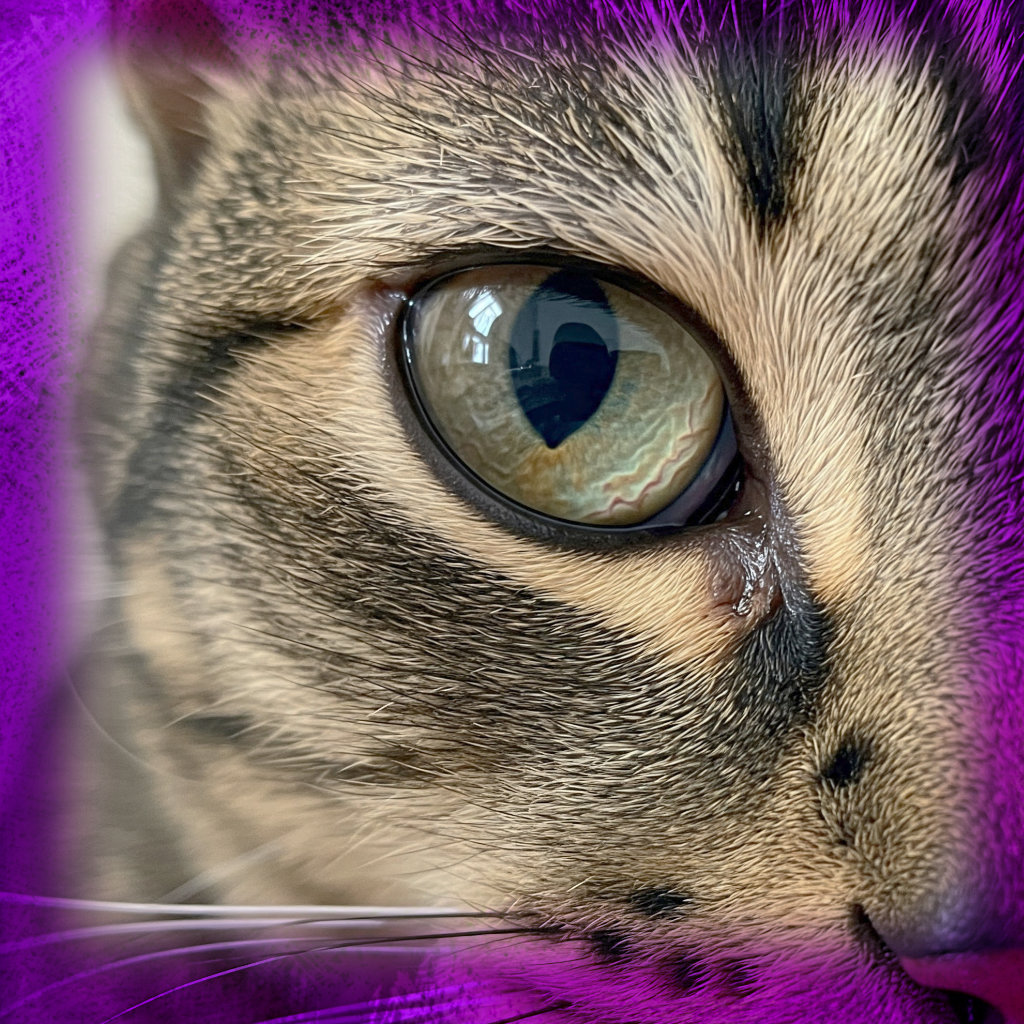sed by infection, trauma, or systemic illness, prompt action is crucial. Understanding the root causes and immediate remedies can mean the difference between a minor issue and a vision-threatening emergency.
Recognizing the Symptoms
Visible Swelling: What to Look For
Puffiness around one or both eyes, often accompanied by redness, is the most obvious indicator. The third eyelid may protrude, giving a “hollowed” appearance.
Discharge and Crusting: Indicators of Infection
Yellow or green discharge suggests bacterial involvement, while clear fluid may point to allergies. Crust formation along the lids exacerbates irritation.
Behavioral Changes: Is Your Cat in Pain?
Squinting, excessive blinking, or pawing at the eye are distress signals. A cat may also become reclusive due to discomfort.
Common Causes of Swollen Eyes in Cats
Conjunctivitis: The Feline Pink Eye
Viral or bacterial conjunctivitis inflames the mucous membrane, causing swelling and discharge. Herpesvirus is a frequent offender.
Corneal Ulcers: A Painful Culprit
Scratches or abrasions on the cornea lead to ulceration. Symptoms include intense tearing and photophobia (light sensitivity).
Allergies: Environmental and Food Triggers
Pollen, dust, or certain proteins can trigger histamine responses, resulting in puffy, itchy eyes.
Trauma: Scratches and Foreign Objects
Fights with other animals or debris lodged under the eyelid cause acute swelling. Always inspect for tiny particles.
Glaucoma: Increased Intraocular Pressure
A dangerous buildup of fluid within the eye, glaucoma demands emergency care to prevent blindness.
Blepharitis: Inflamed Eyelids
Bacterial or fungal infections target the eyelids, leading to scaly, swollen margins.
Uveitis: Internal Eye Inflammation
Often linked to systemic diseases like FIV, uveitis causes deep-seated pain and a cloudy cornea.
Immediate First Aid for a Swollen Cat Eye
Gentle Cleaning: Saline Solution Method
Use a sterile saline solution and a soft gauze pad to wipe away discharge. Avoid cotton balls, as fibers can stick to the eye.
Warm Compress: Reducing Inflammation
A lukewarm, damp cloth applied for 5-minute intervals soothes irritation and promotes drainage.
Preventing Further Irritation: E-Collar Use
An Elizabethan collar stops scratching, allowing the eye to heal without self-inflicted damage.
When to Visit the Vet Immediately
Signs of Severe Infection
Thick pus, fever, or lethargy indicate a systemic issue requiring antibiotics.
Persistent Swelling Beyond 24 Hours
Home remedies have limits. Prolonged swelling warrants professional evaluation.
Vision Impairment or Cloudiness
A hazy cornea or dilated pupil suggests urgent conditions like glaucoma or retinal detachment.
Diagnostic Procedures at the Vet
Fluorescein Stain Test for Ulcers
A veterinarian will apply a fluorescent dye to the cornea, which adheres to damaged areas, revealing ulcers under a blue light. This non-invasive test is pivotal for diagnosing abrasions that aren’t visible to the naked eye.
Intraocular Pressure Measurement
Using a tonometer, the vet checks for glaucoma (high pressure) or uveitis (low pressure). Abnormal readings dictate vastly different treatments, making this step critical.
Blood Tests for Underlying Conditions
Systemic illnesses like feline leukemia virus (FeLV) or kidney disease can manifest as ocular inflammation. A complete blood count (CBC) and biochemistry profile uncover hidden triggers.
Treatment Options
Antibiotic Drops and Ointments
Bacterial infections require targeted antibiotics like terramycin or erythromycin. Administering these correctly—avoiding direct contact with the dropper tip—prevents contamination.
Anti-Inflammatory Medications
Steroidal or NSAID drops reduce swelling but are contraindicated in corneal ulcers. A vet must confirm the diagnosis before use.
Surgical Interventions for Severe Cases
Chronic ulcers may need a corneal graft, while glaucoma might necessitate laser therapy or even enucleation (eye removal) in extreme scenarios.
Home Care and Recovery
Administering Eye Drops Correctly
Restrain your cat gently, tilt the head back, and apply drops to the lower lid—never directly onto the eyeball. Reward with treats to reduce stress.
Monitoring for Improvement or Worsening
Track changes in swelling, discharge, or behavior. Regression—like increased cloudiness—signals the need for a follow-up visit.
Dietary Support for Healing
Omega-3 fatty acids (found in fish oil) bolster ocular health. Hydration is equally vital; ensure fresh water is always available.
Preventing Future Eye Problems
Regular Grooming to Avoid Debris
Long-haired breeds benefit from trimmed facial fur to prevent hairs from scratching the cornea. Weekly wipe-downs with a damp cloth remove dust.
Hypoallergenic Solutions for Sensitive Cats
Switch to dust-free litter and fragrance-free cleaning products. Air purifiers minimize airborne irritants.
Routine Vet Check-Ups
Annual exams catch early signs of disease. Cats over seven should have biannual visits, as age increases susceptibility to conditions like hypertension-related retinopathy.
Myths About Cat Eye Health
“Human Eye Drops Are Safe for Cats” (False!)
Ingredients like naphazoline (in Visine) constrict blood vessels and can cause severe reactions. Always use vet-prescribed formulations.
“A Swollen Eye Will Heal on Its Own” (Risky Assumption)
Delaying treatment risks permanent damage. Even minor swelling can progress to corneal rupture or systemic infection.
Conclusion
A swollen eye in your cat is a silent plea for help—one that demands swift, informed action. From saline rinses to surgical options, the spectrum of care varies with the underlying cause. Vigilance and preventive measures, like allergen control and routine vet visits, safeguard your feline’s vision. Remember: ocular health is inextricable from overall well-being. Prioritize it, and your cat will thank you with years of bright-eyed companionship.

